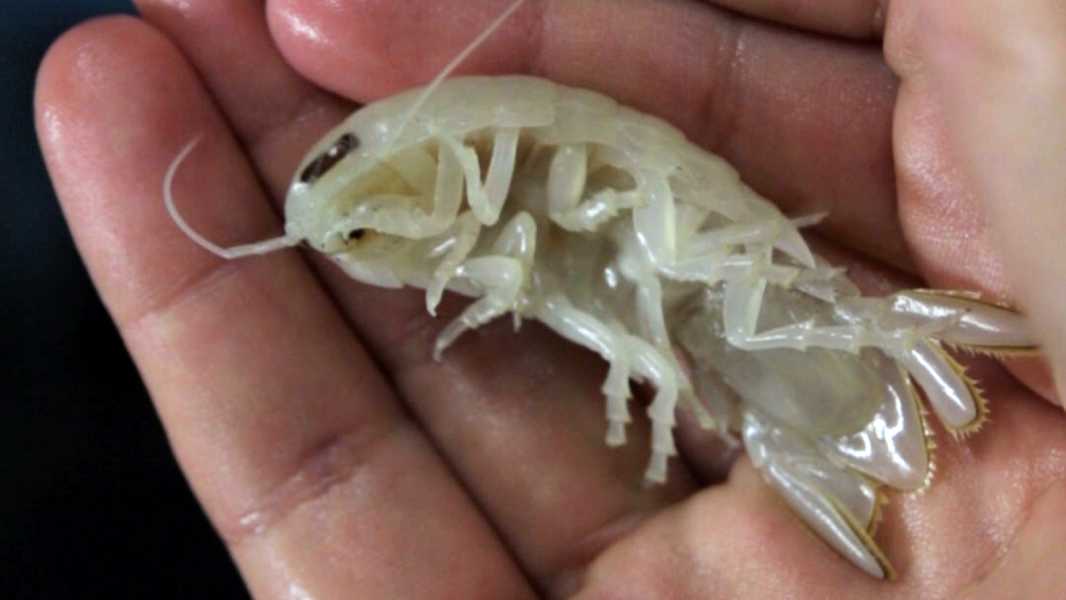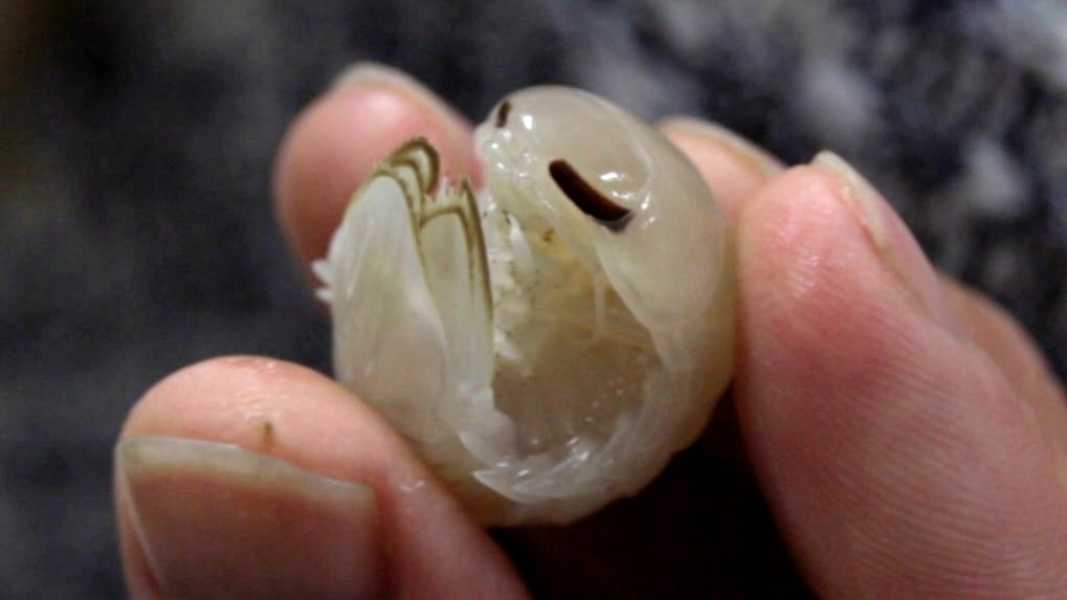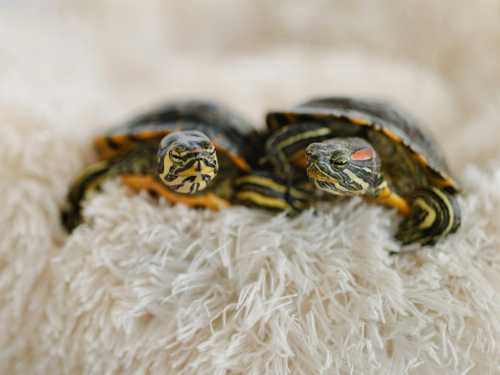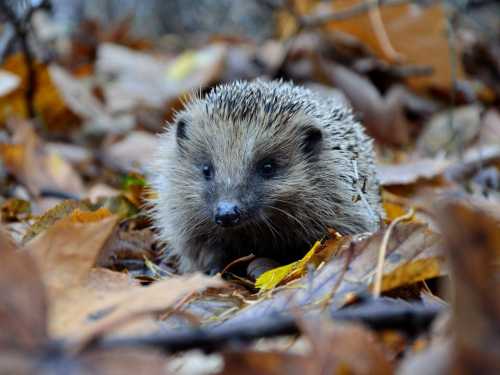
The new species, named Booralana nickorum, could play a key role in maintaining ecosystem health. (Image courtesy of OceanX)
Using LEDs and glow sticks, researchers in the Bahamas have discovered an ancient deep-sea crustacean with huge eyes and a transparent body.
Although the species, which they dubbed Booralana nickorum, was discovered recently, it has been on the planet for 300 million years and could have a significant impact on the health of the ecosystem, the scientists said in a study published Jan. 12 in the journal Zootaxa.
The new species has a robust exoskeleton, a segmented body, and large compound eyes, allowing it to detect potential prey. Because it lives at great depths where there is very little light, it does not need coloration or pigmentation, so its body is white and even slightly translucent.
“You can see its internal organs and everything,” study co-author Nicholas Higgs, director of research and innovation at the Cape Eleuthera Institute, told Live Science.
At approximately 2.2 to 3 inches (55 to 76 millimeters) long, it is significantly larger than its land-based relatives in the woodlouse family—also known as roller bugs or woodlice—which reach lengths of about 0.55 inches (14 mm). B. nickorum's large size gives this deep-sea scavenger an advantage, as it waits for food to fall to the bottom.
“The bigger you are, the more you can get at one time,” Higgs said, adding that it also allows the animal to go longer without eating, which is critical in environments where food is scarce.
The team found B. nickorum at depths of 1,770 to 1,840 feet (540 to 560 meters) on an underwater slope in the Exuma Sound in the Bahamas. The specimens were collected during two expeditions in April 2014 and February 2019, organized by OceanX and the Cape Eleuthera Institute. In 2014, they set baited eel traps that caught deep-sea isopods — crustaceans with flat, segmented bodies — so they returned in 2019 to study them further using light traps. Instead of bait, these devices used a flashing multicolor LED light; a green glow stick; a green LED light for deep-sea fishing; and a programmable white LED light to attract the creatures by mimicking the bioluminescence characteristic of deep-sea animals.

Booralana Nick
Sourse: www.livescience.com





